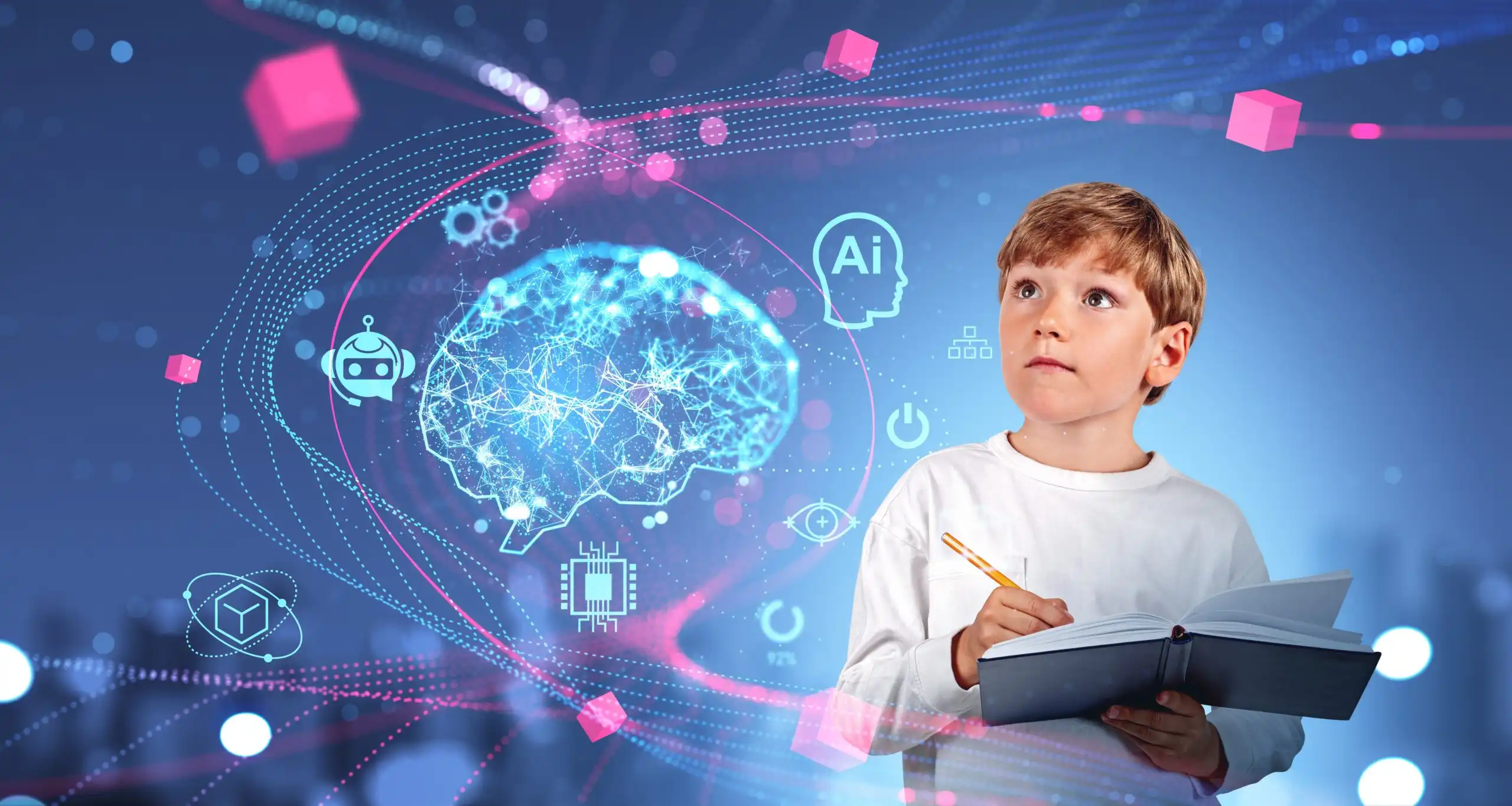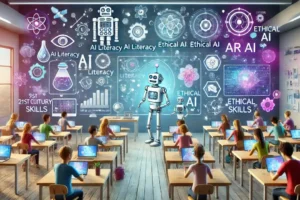
Global Switch to AI-Assisted Learning: A Year of Transformation
6 May 2024, Monday
Hello learners, educators, and ed-tech enthusiasts worldwide,
Mid-2024 marks a pivotal moment: schools and universities globally are adopting **AI-Assisted Learning** at unprecedented rates. From adaptive tutoring systems to curriculum design tools powered by generative AI, this revolution is reshaping how students learn and teachers teach. In our “Global News & Insights” section, we unpack how AI is influencing classrooms across continents. Ready to see how your learning world is evolving?
What Is AI-Assisted Learning?
AI-Assisted Learning integrates artificial intelligence tools—like chatbots, content generators, and analytics—into everyday education. By July 2024, platforms such as Khanmigo (Khan Academy), Squirrel AI (China), and multiple University-based pilots are offering personalized feedback, real-time Q&A, and automatic assessment tools to millions of students globally.
Widespread Adoption Across Continents
In the US, over 60% of middle and high schools trialed AI tutors during the spring semester. In Europe, national education ministries in France and Finland launched AI-driven homework platforms. Meanwhile, in India and Nigeria, EdTech startups offered low-cost AI chatbots accessible via basic smartphones, bridging gaps in rural education.
Key Benefits for Students
AI-Assisted Learning brings:
- Personalized Support: AI tutors adjust to individual strengths and weaknesses.
- Instant Feedback: Students get explanations and hints in real time.
- Teacher Empowerment: Educators receive AI-generated assessments and lesson suggestions.
- Scalable Learning: One AI tutor can reach thousands of students simultaneously.
For instance, a high school student in Brazil can receive instant guidance on algebra problems, while a teacher in Canada reviews aggregated class performance data to tailor future lessons.
Challenges & Solutions
Significant hurdles include:
- Data Privacy: Ensuring student data is secure and compliant with regulations like GDPR and COPPA.
- Algorithm Bias: Preventing AI from reinforcing inequalities—addressed through diverse training datasets.
- Teacher Readiness: Providing professional development so educators can effectively integrate AI tools.
Global initiatives—like Microsoft’s AI Skills for Educators and UNESCO’s policy guides—support safe, inclusive deployment of AI in schools.
Getting Started
- Schools: Start small—pilot an AI tutor for one subject or grade level.
- Students: Explore AI homework helpers available in free versions of EdTech apps.
- Teachers: Attend webinars on integrating AI feedback into daily lessons.
- Parents: Monitor how AI tools support learning and encourage balanced screen time.
Final Thoughts
July 2024 marks one year into the global AI-Assisted Learning wave—showing promising gains in engagement, personalization, and teacher capacity. This isn’t just a tech trend; it’s a foundational shift in education aimed at making learning more equitable and effective. Dive into an AI tutor today, share your experience, and let’s shape the future of education together!



